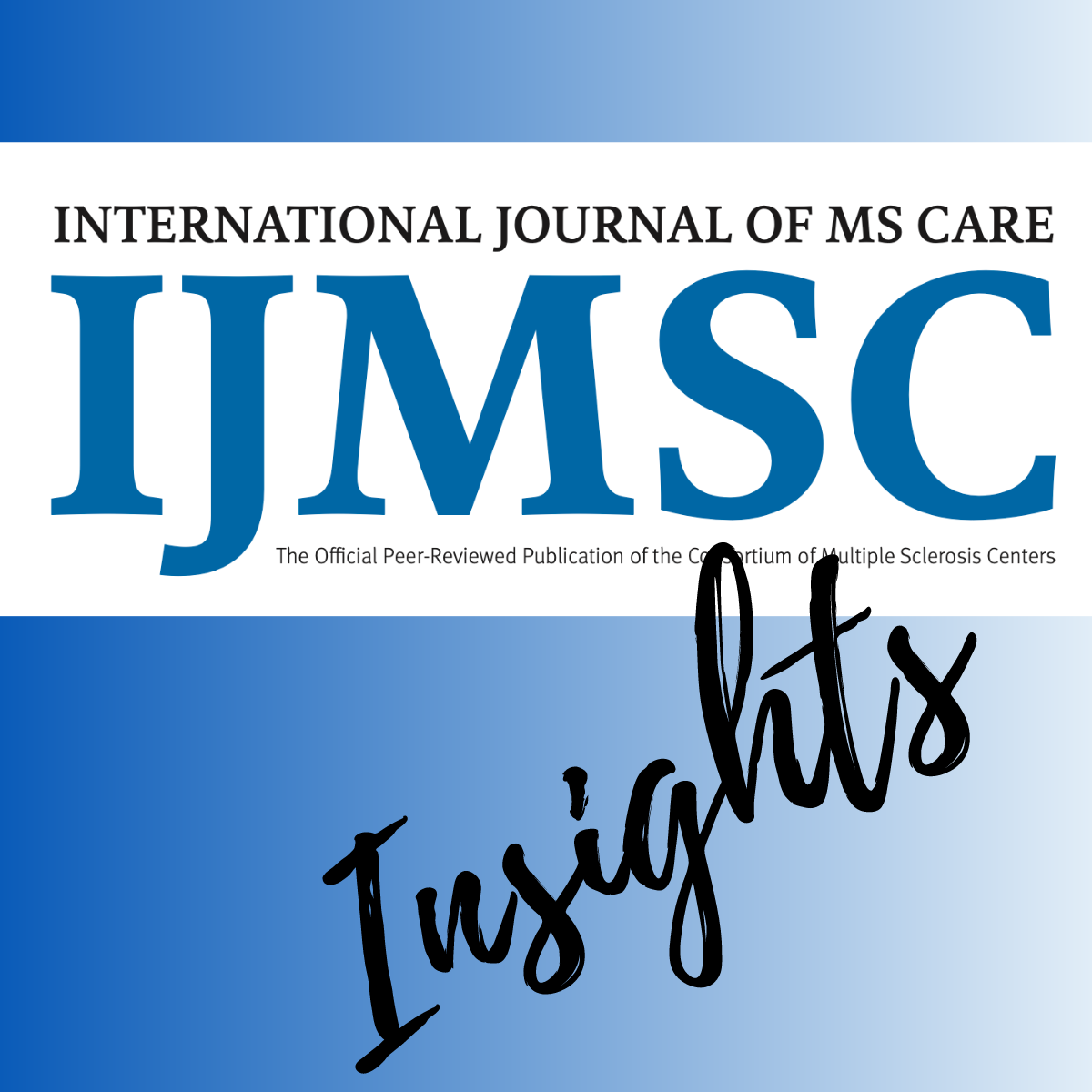Commentary
Article
Study Findings Provide New Hope for Patients With Multiple Sclerosis
Multiple sclerosis affects nearly 3 million patients worldwide; new research is helping pave the way for developing new therapies and medications that get at the defining mechanisms that trigger immune regulation loss of this unpredictable central nervous system disease.
Suhayl Dhib-Jalbut, MD
(Credit: RWJBarnabas Health)

The National Multiple Sclerosis Society estimates that nearly one million Americans and 2.8 million people worldwide have multiple sclerosis (MS). MS is an unpredictable disease of the central nervous system.1 Symptoms vary from person to person and may include fatigue, mobility challenges, cognitive changes, and vision issues. Although there is no cure for MS, findings from a recent Yale University study provide hope that researchers and clinicians are a step closer to solving its mystery.
The study reveals a mechanism that triggers loss of immune regulation associated with multiple sclerosis and other diseases — and a target for treatment.2,3 According to Suhayl Dhib-Jalbut MD, the Ruth Dunietz Kushner and Michael Jay Serwitz Professor and Chairman of Neurology at Rutgers University and chief of service at the Robert Wood Johnson University Hospital (an RWJBarnabas Health facility), the study findings are promising and could potentially lead to better and more effective treatments for the disease.
“Despite the presence of several therapies that can control disease activity, MS remains an incurable disease,” Jalbut explained to NeurologyLive®. “A better understanding of the processes that cause MS could potentially lead to better therapies, prevention, or even a cure. This study identified one cause for immune dysfunction in MS that could be a therapeutic target for new drugs.” Jalbut believes that identifying the “over-expressed” proteins that work together to cause dysfunction in regulatory T-cells is a key development that could lead to successful treatments for MS.
“The study investigators identified two proteins that work in tandem (PRDM1 and SGK1) that are over-expressed in the regulatory T-cells, leading to their dysfunction. Over-expression of PRDM1/SGK1 is in turn caused by other molecules such as BATF and IRF4, which contributes to PRDM1-SGK1-mediated Treg dysfunction,” Jalbut noted. “One can assume that drugs that lower the expression of PRDM1/SGK1 or their triggers (BATF and IRF4) can potentially reverse the Treg cell dysregulation and restore immune tolerance in MS.” It is difficult to predict how long it will take to develop new therapies and medications that will be available to people diagnosed with MS.
“Drug discovery is a multi-step process that starts by identifying therapeutic targets, drug screening in the laboratory for target engagement, pre-clinical studies in animal models, and finally in humans, which is a multi-phase process,” Jalbut explained. “It can take years and sometimes decades to bring treatments to the market.” Despite the time it takes to bring new therapies to patients, Jalbut is optimistic about developing better treatments and, eventually, finding a cure for MS.
“This is a promising time for MS patients as new insights into the underpinning of the disease process is better understood,” Jalbut said. “Consequently, new therapeutic targets are likely to be identified, especially with the application of artificial intelligence for drug discovery.” Jalbut adds that there are also clinical trials in progress addressing the effectiveness of stem cells, neuroprotective drugs, and dietary modification in halting MS and possibly restoring function.
REFERENCES
1. National MS Society. Understanding MS. Accessed October 24, 2024. https://www.nationalmssociety.org/understanding-ms
2. Dennehy K. Study reveals molecular mechanism behind MS and other autoimmune diseases. News. Yale University. Published August 28, 2024. Accessed October 24, 2024. https://news.yale.edu/2024/08/28/study-reveals-molecular-mechanism-behind-ms-and-other-autoimmune-diseases
3. Sumida TS, Lincoln MR, He L, et al. An autoimmune transcriptional circuit drives FOXP3+ regulatory T cell dysfunction. Sci Transl Med. 2024;16(762):eadp1720. doi:10.1126/scitranslmed.adp1720
Suhayl Dhib-Jalbut, MD, is Chief of Neurology at Robert Wood Johnson University Hospital and Chair of Neurology at Rutgers Robert Wood Johnson Medical School and Rutgers Medical School of New Jersey in New Brunswick, New Jersey. He also serves as professor and chair of the Departments of Neurology at Rutgers Robert Wood Johnson Medical School and Rutgers New Jersey Medical School. He also directs the Robert Wood Johnson Center for Multiple Sclerosis and is the Ruth Dunietz Kushner and Michael Jay Serwitz Chair in Multiple Sclerosis. He has contributed more than 130 scientific manuscripts on how MS therapies work, biomarkers of treatment response in MS, and neuroprotective gene therapy.




